Recommendation points
- Dew point – physics of the phenomenon
- Features of cold wall insulation from the inside
- Liquid insulation
- Polyurethane foam
- Liquid ceramics
- Roll insulation
- Penofol
- Polyphom
- Warming with expanded polystyrene
- Mineral wool insulation
Most of the constructed panel and brick houses did not provide for facade insulation. Concrete and bricks have high density and low thermal insulation properties. The consequence is cold walls and uncomfortable temperatures. There are several ways to insulate from the inside, the main thing is to avoid dampness.
Dew point – physics of the phenomenon
A cold wall is not the only drawback of panel or brick houses. Often dampness and accompanying fungus and mold appear on it. The best way to fight is to insulate the wall from the outside (this is also a requirement of SNiP), but this is not always possible. Therefore, you have to fight the cold wall, insulating it from the inside. But there are pitfalls here.
Even if the cold wall was previously dry, then dampness may appear when it is insulated from the inside. And the so-called dew point will be to blame.
The dew point is a conditional boundary at which the temperature of water vapor becomes equal to the temperature of condensation. It manifests itself, naturally, in the cold season. With the correct design of the house (taking into account the characteristics of the region), it is located approximately in the middle of the thickness of the facade made of a material of uniform density.
If insulation is carried out from the outside, then the dew point shifts towards a decrease in density (that is, to the outer surface of the wall). When insulated from the inside, it moves inward, and condensation may appear on the surface of the main wall or inside the insulation.
And in order to assess the scale of possible damage, it is enough to say that as a result of the vital activity of one person, about 4 liters of water evaporate per day (cooking, wet cleaning, personal hygiene, laundry, etc.).
Features of cold wall insulation from the inside
There are several ways that can prevent condensation from forming on an internally insulated wall:
- Creation of a layer of heat-insulating material with a vapor permeability less than that of the facade material.
- Insulation using materials with minimal water absorption.
- Application of ventilated facade technology (taking into account internal placement).
Liquid insulation
Polyurethane foam
PPU insulation meets all the requirements for vapor barrier, water absorption and absence of seams. Therefore, even if the dew point is inside the layer, it will remain “conditional”, since there is no condensation in vapor-impermeable materials. It turns out from the side of the room a completely sealed thermal insulation layer.
Environmental friendliness of PU foam after curing meets the requirements for residential premises. Harmful vapors are present only when the components are mixed during the spraying process – after polymerization, the structure of the material remains stable.
Thermal insulation is applied between the crate and sewn up with moisture-resistant sheet materials (gypsum board, OSB or plywood). Basically, it’s like a big prefab sandwich panel.
The disadvantage of this method is the use of special equipment.
Liquid ceramics
This is a relatively young heat-insulating material, the action of which is based on the use of two principles – the creation of a thin layer with a high resistance to heat transfer and the reflection of heat towards the radiation source.
Of course, a thin heat-insulating layer cannot provide good thermal insulation – this is an auxiliary, but necessary factor. Although it gives a rather high effect – the wall becomes much “warmer” to the touch.
The main task of reducing heat loss is performed by microscopic ceramic spheres that reflect infrared radiation.
According to the manufacturers, the effect of a 1.5 mm layer can be compared to thermal insulation with 5 cm foam or 6.5 cm mineral wool..
The method of application is the same as for acrylic paint (the base is the same). After polymerization, a dense and durable film forms on the surface, and latex additives improve waterproofing properties.
Roll insulation
Penofol
Penofol is a combination of polyethylene foam with aluminum foil. This is a whole series of materials (including single-sided, double-sided, laminated, with an adhesive layer). Moreover, it can be used both in combination with other heat-insulating materials, and independently. By the way, penofol is popular when insulating a bath from the inside, and even there is much more steam than in an ordinary living room.
To insulate a cold wall, use penofol with one layer of foil (one-sided) and up to 5 mm thick.
In the case, as with liquid ceramics, the effect is achieved due to the low thermal conductivity of foamed polyethylene, as well as its low vapor permeability and high reflective properties of the foil (up to 97%).
But unlike seamless coatings, complete sealing and prevention of cold bridges cannot be achieved. Consequently, condensation can form on the surface of the foil. Even the obligatory sealing of joints with adhesive aluminum foil will still leave a gap between adjacent sheets inside..
The method of combating the formation of condensation on the foil is traditional – a lathing with a ventilated gap between the foam foam and the outer cladding.
Polyphom
Another version of foamed polyethylene, but already made in the form of a kind of wallpaper – a layer of paper is located on both sides. Polyfom and is intended for pasting wallpaper on it.
Of course, its thermal insulation properties are not as high as that of penofol, but to make a cold wall feel warmer to the touch, they are quite enough.
In most cases, the insignificant thickness of the insulation does not lead to the movement of the dew point to the inner surface.
The disadvantage of this method is that only a dry wall is insulated.
Warming with expanded polystyrene
Expanded polystyrene (or extruded polystyrene foam) is glued to the prepared and leveled wall. Both materials have very low water absorption (especially extruded polystyrene foam), so the formation of condensation in the insulation layer is excluded. The main danger is its appearance on the surface of the insulated wall..
Therefore, it is best to glue the sheets onto special hydrophobic adhesive mixtures applied over the entire surface of the sheets. And to prevent the penetration of water vapor from the side of the room, treat the seams with a sealant (you can also use foam with a step or a thorn-groove connection).
Finishing can be done in two ways:
- mesh reinforcement and plastering;
- paneling on the load-bearing frame, fixed to the floor, ceiling and adjoining walls (plasterboard false wall).
Mineral wool insulation
Mineral wool does not meet the requirements for vapor permeability and water absorption for insulation from the inside. But it can be used.
The main thing is to provide maximum protection against humid air from the side of the room and the weathering of water vapor from the insulation layer. That is, to make a ventilated facade, but in reverse order: wall, gap, vapor-permeable membrane, mineral wool, vapor barrier film, decorative cladding inside the room.
It is necessary to create a false wall at a distance of 2-3 cm from the main wall. And to weather the water vapor from the bottom and top, make ventilation holes.

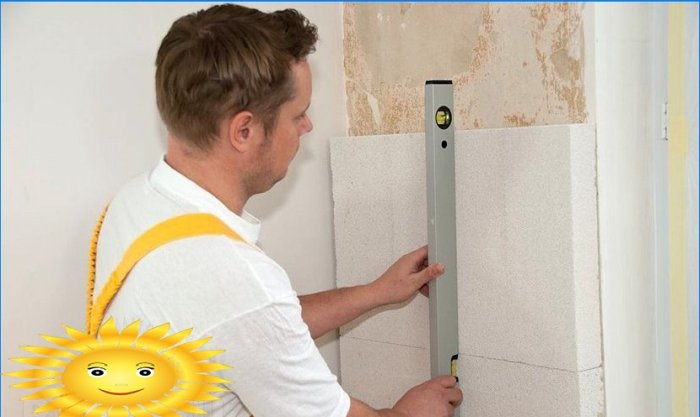

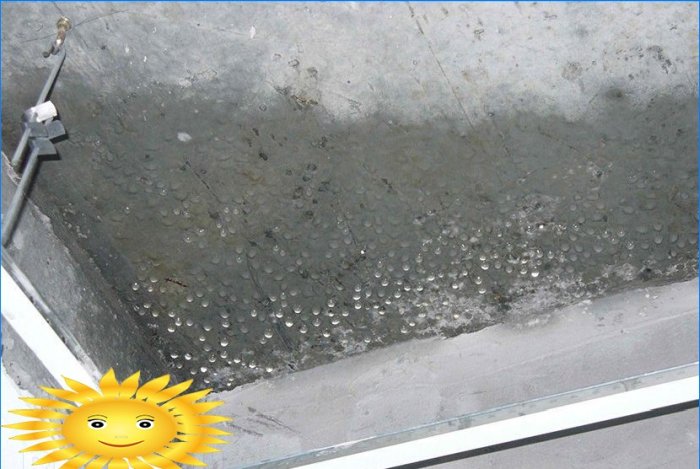
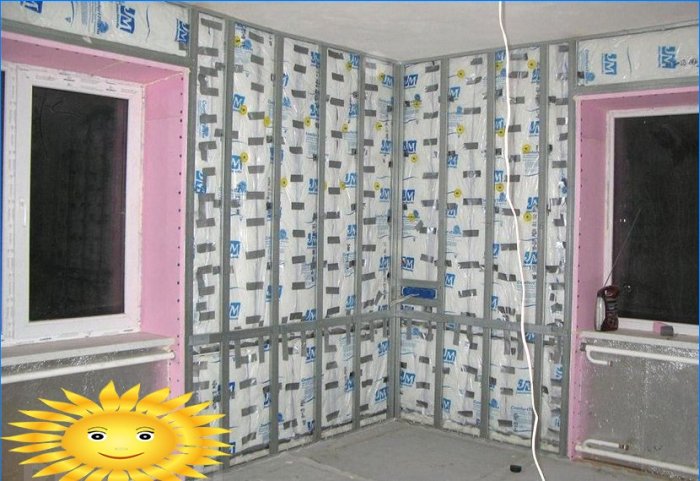
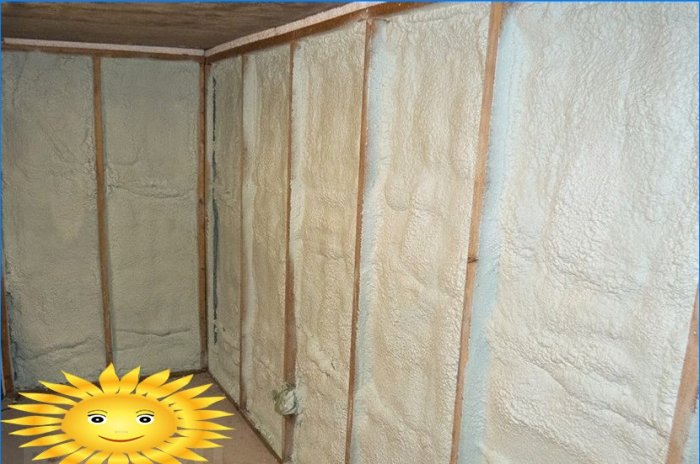

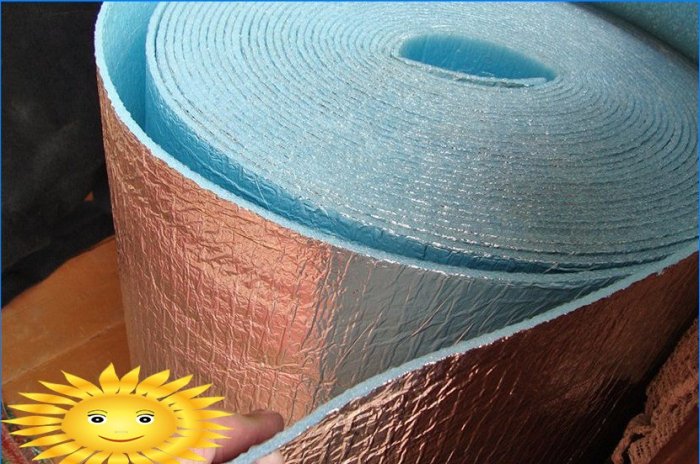
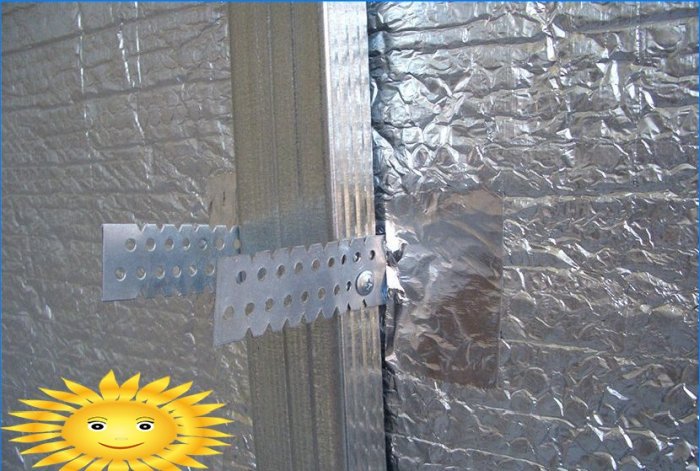
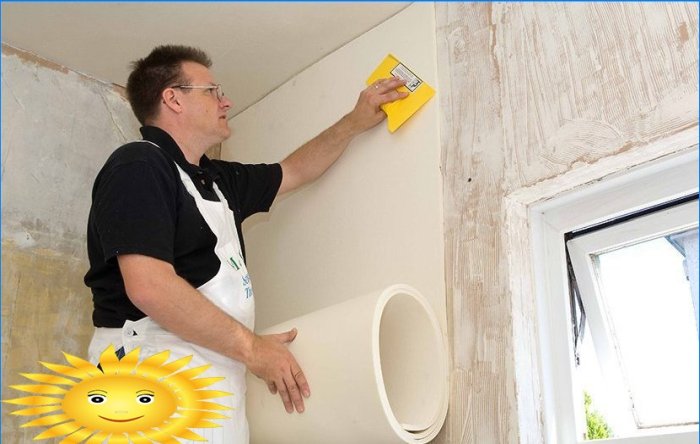
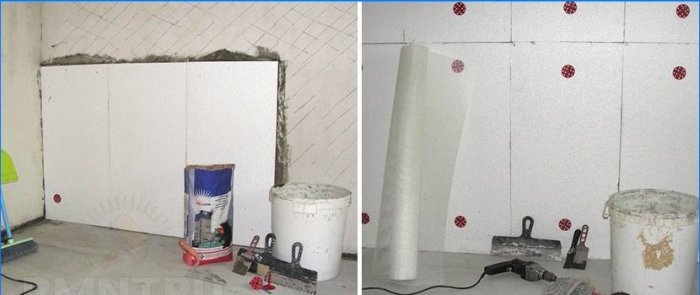
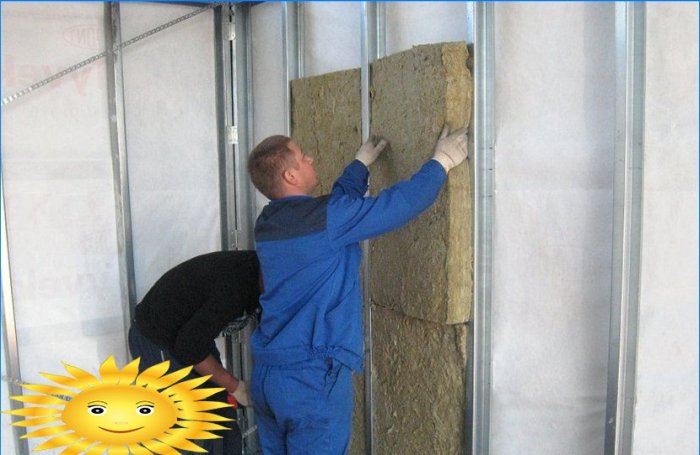
Can anyone recommend effective methods to combat the issue of cold walls in an apartment? I’m looking for practical solutions or modifications that can help improve insulation. Any suggestions or advice would be greatly appreciated.